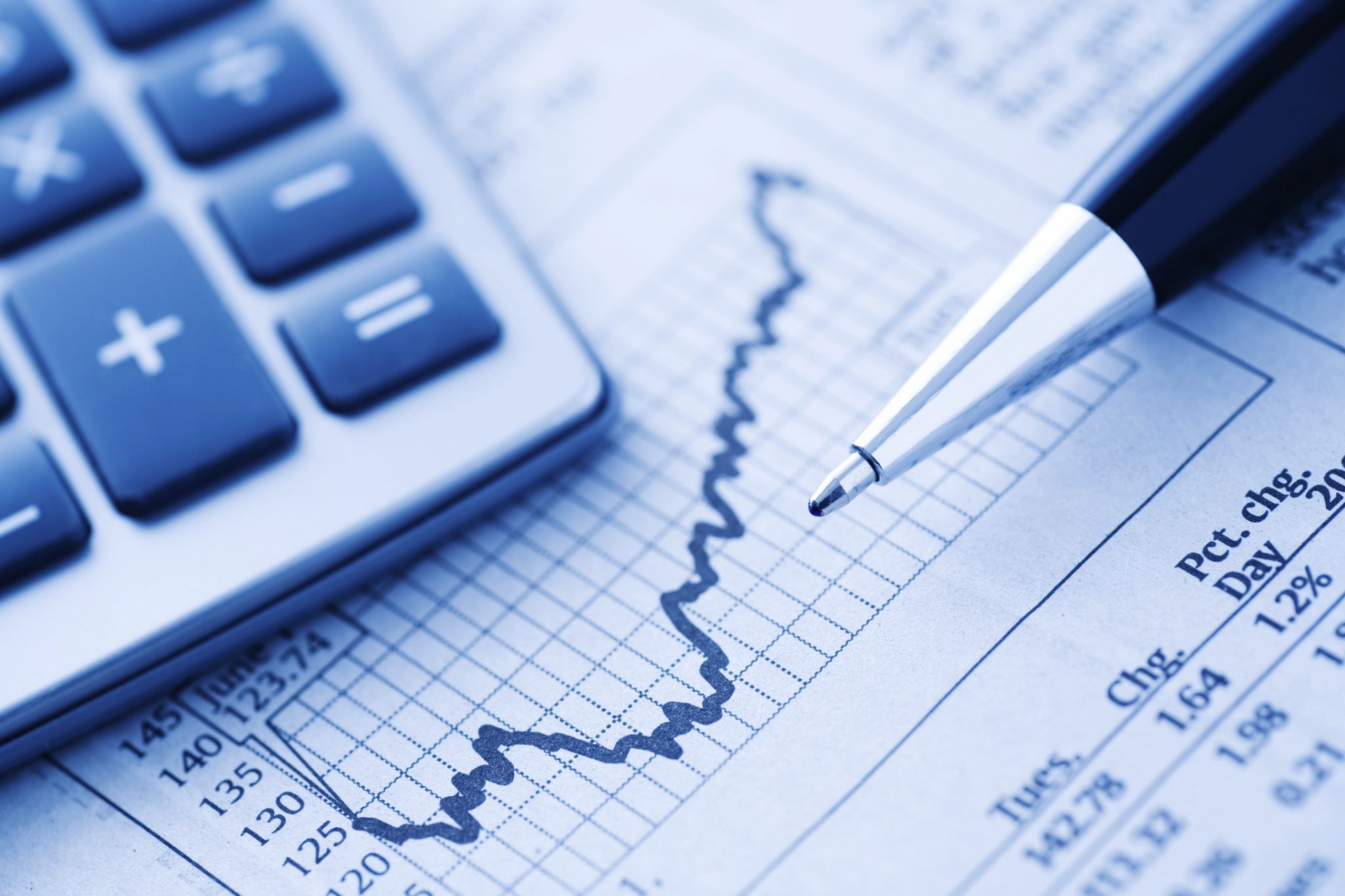Forex trading in Australia is a growing industry, with more and more people looking to get involved in the market. One of the critical things that any trader needs to do to be successful is to analyze their trade history. It means looking at all factors that can affect trade, such as the currency pair being traded, the time of day, the amount of money being traded, etc. This information can be found on the forex trading software traders use when trading.
Trade history analysis is a vital tool for any forex trader in Australia, and it can be the difference between success and failure. By analyzing this data, traders can make informed decisions about when to enter and exit trades and manage their risk. Now is an excellent time to start if you’re not already doing it.

Traders can identify patterns.
Trade history analysis can allow traders to identify patterns in their trading. It can be anything from the time of day they tend to make profits to the type of currency pair they are most successful with. By understanding these patterns, traders can adjust their strategies and improve their profit chances.
Traders can avoid repeating mistakes.
We all make mistakes when we trade, but we are destined to repeat them if we don’t learn from them. Trade history analysis can help traders to avoid making the same mistakes again. We can identify where we went wrong by analyzing our trade history and ensuring we don’t make the same mistake twice.
Traders can determine risk management strategies.
Trade history analysis is also crucial for risk management. By understanding the risks involved in a trade, we can ensure that we don’t lose more money than we can afford. We can identify which transactions are riskier by analyzing our trade history and adjusting our strategy accordingly.
How can you analyze trade history?
Choose a time frame
The first step is to choose a time frame you want to analyze. It could be anything from a few days to a few years; this can be determined by how much data you have and how far you want to go.
Choose the data you want to analyze
The next step is to choose the data that you want to analyze. This data could include the currency pair being traded, the time of day, the amount of money being traded, etc. Once again, it all depends on what you want to look at and your data.
Gather your data
Once you have determined what data to analyze, the next step is to gather it. It could involve looking at your trading history or using a software program to collect the data.
Organize your data
The next step is to organize it. Put it into a format that will make it easy to analyze. For example, you may want to put the data for each trade into a separate spreadsheet.
Analyze your data
The final step is to analyze your data, which involves looking at all factors that can affect trade, such as the currency pair being traded, the time of day, the amount of money being traded, etc. By analyzing this data, traders can make informed decisions about when to enter and exit trades and manage their risk.
What are the disadvantages of analyzing your trade history?
It can be time-consuming.
Analyzing your trade history can be a time-consuming process, especially if you have a lot of data. Therefore, it might not be suitable for everyone, particularly those who don’t have much time to spare.
You need to have a lot of data.
To effectively analyze your trade history, you need a lot of data. It could be a problem for those new to trading or who don’t have many trades.
It’s not always accurate.
Another disadvantage of trade history analysis is that it’s not always accurate because the data can be affected by the spread, slippage, etc. Therefore, making decisions based on inaccurate data is possible, leading to losses.













